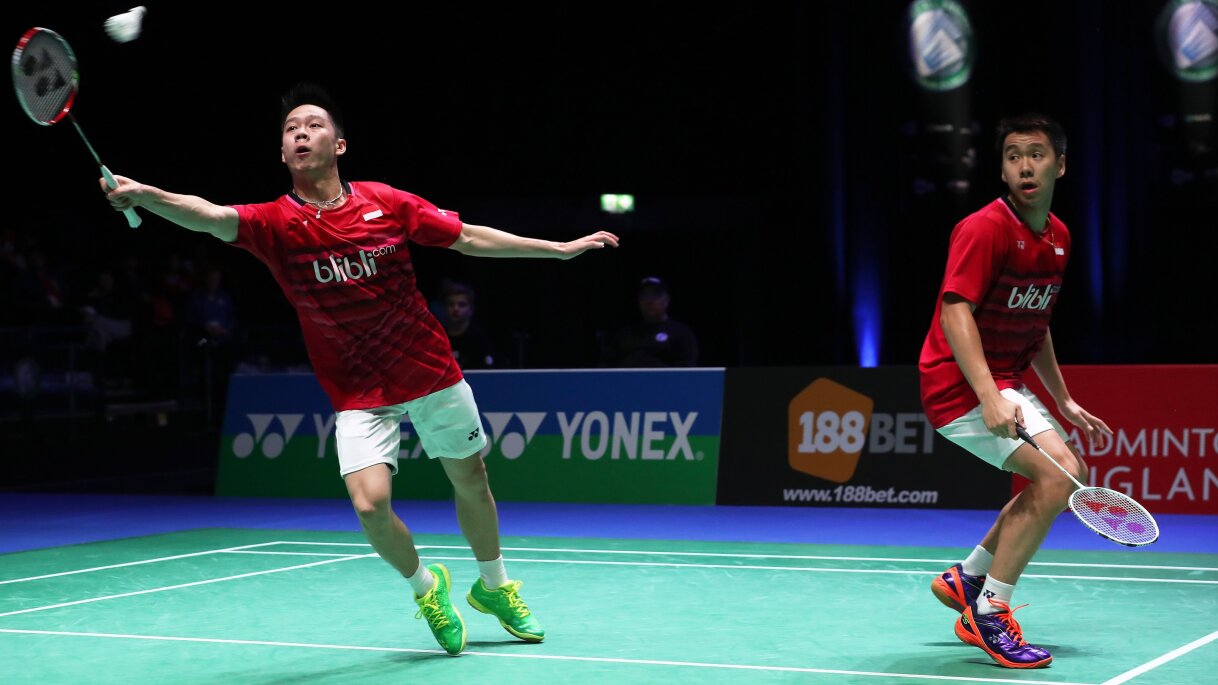Unraveling the Popularity of Badminton in Indonesia
The meteoric rise of badminton to extreme popularity in Indonesia is a fascinating tale of inclusivity, ethnic diversity, and sporting excellence. While the sport has become synonymous with national pride and camaraderie, understanding the intricate journey that led to its current status requires delving into its historical roots and the socio-political dynamics of the nation.
Through the lens of ethnic inclusivity and the contributions of minority communities, particularly the Chinese, the evolution of badminton in Indonesia unveils a narrative of resilience, unity, and sporting prowess.

Badminton's meteoric rise to extreme popularity in Indonesia can be attributed to its status as the nation's premier sport on the international stage, fostering a sense of national pride and unity among its citizens. However, unraveling the intricacies of how Indonesia became a powerhouse in badminton, leading to its current widespread popularity, is a far more complex endeavor.
According to Colin Brown from Curtin University, the inclusivity of badminton towards ethnic minorities, particularly the Chinese community, has played a pivotal role in shaping the sport's trajectory in Indonesia. This inclusivity has facilitated a larger pool of potential athletes, with a significant percentage of successful Indonesian badminton players coming from minority backgrounds.
Moreover, active involvement from wealthy Chinese business families has further propelled the sport's growth and development in the country. The early roots of badminton in Indonesia paint a picture of its predominantly Chinese origins. Historical evidence reveals that advertisements for badminton equipment appeared in Medan press as early as 1932, with prominent badminton players from Pinang frequently visiting the region for exhibition games.
Additionally, key badminton organizations in Jakarta during the early 1930s were led by ethnic Chinese players, further highlighting the sport's association with the Chinese community. The formation of the first governing body for badminton in Indonesia, PERBAD (now PBSI), also saw significant involvement from ethnic Chinese individuals in leadership roles. This inclusivity was remarkable considering the historical tensions between indigenous people and the Chinese community in Indonesia, dating back to the pre-independence nationalist movement era. One crucial figure in fostering inclusivity within Indonesian badminton was President Soekarno, who formed PORI (Indonesian Sports Union) in 1945.
Led by Soedirman, PORI aimed to merge indigenous and Chinese badminton organizations, laying the groundwork for a more unified and inclusive approach to the sport. This strategic move was instrumental in assimilating ethnic Chinese badminton enthusiasts and ensuring their continued involvement in Indonesian badminton. The substantial early involvement of ethnic Chinese individuals in badminton had a profound impact on the sport's trajectory in Indonesia.
Early successful Indonesian badminton players, such as Tan Joe Hok and Ferry Sonneville, were predominantly of Chinese descent. Furthermore, iconic players like Rudy Hartono and Liem Swie King dominated the international badminton scene during the late 20th century, bringing unprecedented success and national pride to Indonesia. The achievements of these players served as a catalyst for the growing popularity of badminton in Indonesia, igniting a fervent enthusiasm for the sport across the nation.
Notably, Rudy Hartono's remarkable eight-time All-England championship victories captured the hearts of millions of Indonesians, further fueling the country's passion for badminton. In addition to their on-court success, Chinese Indonesian families, such as the Hartono and Suhandinata families, made significant contributions to the sport's development. Through initiatives like funding training facilities and sponsoring tournaments, these families played a pivotal role in nurturing the next generation of Indonesian badminton stars.
Badminton's remarkable journey to prominence in Indonesia can be attributed to a combination of factors, including its inclusive nature towards ethnic minorities and the pivotal role played by early Chinese Indonesian players and supporters. Without these elements, Indonesia's ascent to badminton dominance and widespread popularity would have been improbable. Thus, the sport's inclusive ethos and the contributions of diverse communities have been instrumental in shaping its remarkable success story in Indonesia.

The ascent of badminton to unparalleled popularity in Indonesia stands as a testament to the power of inclusivity, diversity, and sporting excellence. From its humble beginnings rooted in ethnic inclusivity to its status as the nation's premier sport, badminton has transcended socio-political barriers and united Indonesians under a common passion. As the sport continues to inspire generations and foster national pride, its remarkable journey serves as a reminder of the transformative potential of sports in shaping societies and bringing people together.
Cover Credit - BWF Official


.png)


Leave a Reply